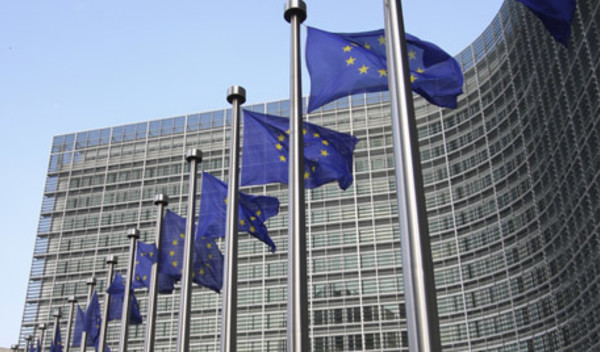But while ESMA has given guidance on the requirements, there are grey areas and are no means as closely defined as the regulation covering transaction reporting.
The main one surrounds the issue of who is responsible for providing the notification. The duty to report actually falls on the person exercising the discretion so discretionary fund managers (DFMs).
However, in most cases they will be unable to meet the requirements without assistance, simply because they are unlikely to know the client’s full circumstances or even their identity. It is only a client’s adviser who is likely to have all the detail.
Depending on the information held by each party, DFMs, advisers and platforms will have to come to some arrangement about how they, and ultimately the investors, will be alerted to relevant depreciations in their portfolio.
Platforms are ideally placed to help DFMs and advisers by flagging any 10 per cent falls in value for further investigation. However, in the absence of hard and fast rules, it is likely that each platform has developed different systems and definitions for the 10 per cent calculation and the way this is reported to DFMs, advisers and investors.
The identification and adoption of best practice is going to take some time. We anticipate further developments during 2018/19.
● Costs and charges disclosure
Under the changes, firms are obliged to explain to clients the “appropriate details of all costs and charges, within good time”.
Enhanced disclosure of costs and charges under Mifid II requires that all costs are disclosed, including manufacturers’ costs, platform fees, DFM fees and adviser charges. Clients must be provided with an aggregated overview of all costs and charges of the investment, and an itemised breakdown must be provided on request.
As ever, the devil lies within the detail. The wide-ranging Mifid II categories of disclosure allow manufacturers, fund managers typically, to make upfront disclosures that will still be relatively generic. This means the consistency of the information for advisers on cost and charges will vary as providers use different templates.
The high level requirement to disclose the costs of an investment pre-sale and at least annually thereafter is clear enough. Esma has also made it abundantly clear that it expects product manufacturers in particular, to disclose all their costs. What is not prescribed is the actual means for doing this, in terms of the form, style and to some extent the content of the disclosures.











